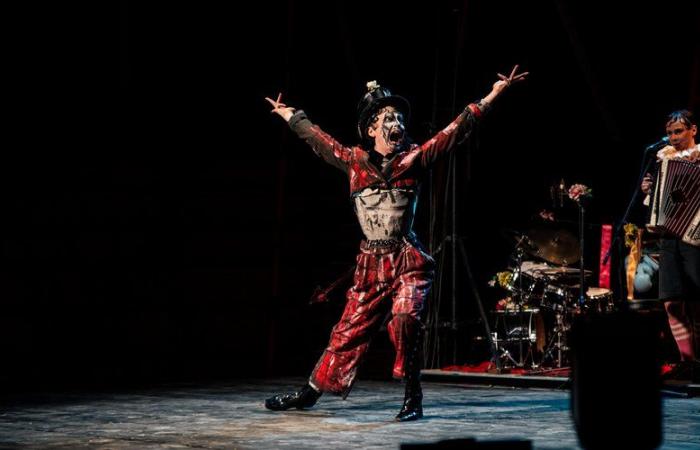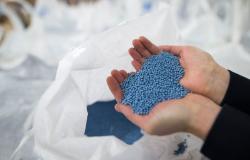Under the big top and on the road for four years, the queer circus has poetically juggled between intimate confidences and demands on the notion of difference. A show to open the “Temps de cirques” festival concocted by the Verrerie d’Alès, Occitanie national circus center.
How can this show title be interpreted?
Martha: “The first artifice is, at the same time, the first show of the company, the first bomb of the party but, it is also in the history of the queer people that we carry, the importance of artifice It’s the idea of the image, of showing oneself and sometimes, for some people, this first artifice that one wears has the effect of a bomb in the rest of life… For oneself, like everyone else.”
Malaury : “This also resonates with the issues of what artifices do we use to show what? With the approved crqrue, the costumes, the makeup, at what moment we put them on, take them off and this bounces back on the question of transformation, of “character development.”
What words does The First Artifice resonate with?
Malaury : “The anchor point arises on the question of intimacy and identity by different means.”
Why tell your story in a circus-like way?
Martha: “It came because it was a necessity to carry the voices of certain silenced, invisible people and to summon a form of empathy with the public. This could only happen through the intimate. By telling our stories, we can therefore share our experiences, our queer life”
Malaury : “This sharing of experiences allows us to open the way to others, to show that we are not alone, to transmit. It is in fact a form of fight against discrimination. It’s not the driving force behind the show but, in fact, it gives certain people access to another look, another discourse.”
What motivates the choice of marquee?
Martha: “We could have done a show in a theater but the goal was to think of the big top as the safest possible space. For us and also for the public we welcome. There is also a popular dimension in order to put queer back in the public square.”
A visibility that the queer universe had and then lost…
Martha: “When we go back in time, it was visible in the circus, it was the freak shows, a kind of refuge and prison, for different people. At one point, the circus gave people a voice and the possibility of showing themselves with all that this entailed in terms of exoticization, fetishization and also monstrosity. The advent of the contemporary circus no longer gave this expression.
Malaury : “It is also the desire for a space where we ourselves stage our stories, and not others who do not know them.”
In around twenty performances, what has changed for you?
Martha: “We evolve in our roles, because our lives evolve. With the public, there are a lot of meetings, coming out, from 10 to 60 years old, or people already out who thank us. There is also a public not familiar, warm with who we are and to whom we give keys to understanding.”






